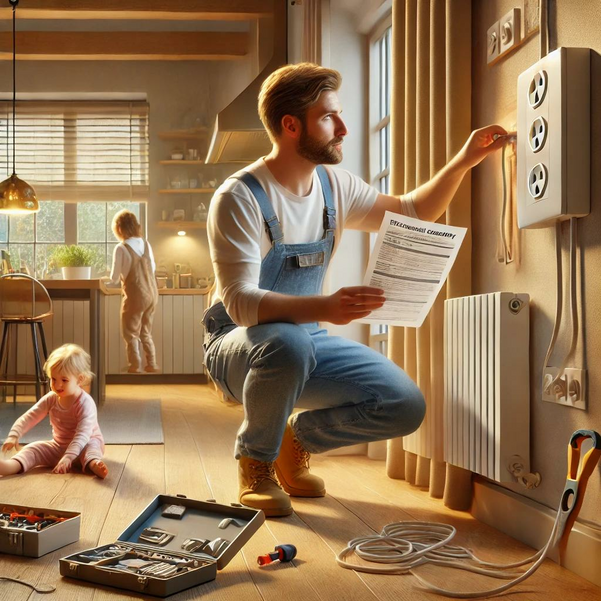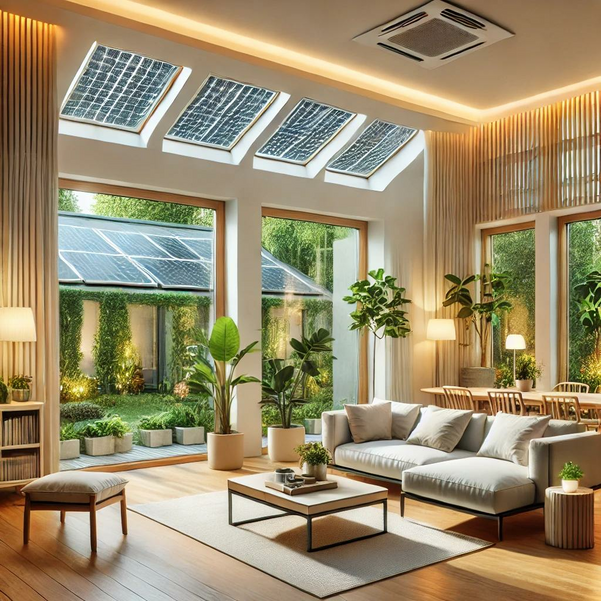
Mental health treatment facilities are often stereotyped as desolate, sterile, and harsh. The walls are white, the lighting is bright, and there are no paintings on the wall. However, as research is finding, the design of a space can have a measurable impact on your well-being and mental health—both in public facilities and at home, which has prompted several research studies into how design can impact mood. As a real estate investor, Patrick Bieleny, the Founder of PB & Co. Houses, has extensive experience building environments that make people feel at home. With an interest in the ‘architecture of happiness’, Patrick Bieleny outlines some of the current research on how design impacts your mental health, including what you can do to make your home more comforting—especially in lockdown.
As COVID-19 numbers surge in a second wave around the globe and people return to lockdown, the need for comfort, ease, and contentment at home has never been more important. As the World Health Organization reported, the COVID-19 pandemic has taken a toll on the mental health of millions across the Western Pacific Region and around the world, and this is likely to continue until things return to ‘normal’. Whether you’re spending time in a public health facility or just spending time at home, Patrick Bieleny explains that the design of a space has the potential to impact your mood.
Benefits of a Natural Environment
The impact of a natural environment on a person’s mental state is profound. In the study, Happiness and Feeling Connected: The Distinct Role of Nature Relatedness, researchers found that subjects with greater exposure to the natural world exhibit a higher number of happiness indicators. In addition, the presence of water can also have a significant impact on people’s mental health. Additionally, according to a study by the University of Exeter, our brains are also hardwired to have a positive reaction to seeing and hearing water.
Designing for general well-being in public spaces can have particular benefits in behavioural-health-care spaces. A number of studies support the intuitive wisdom that natural light and access to nature are beneficial to patients. Creating spaces with nature in mind brings the outdoors indoors. Slated to open in 2020 in Baltimore, the Shepard Pratt Health System’s new psychiatric hospital is organized around a central courtyard, allowing patients and staff to easily access a brightly lit space complete with vegetation. Current thinking about health wellness is slowly becoming more holistic, and Patrick Bieleny believes that we can use these same tactics and techniques in our own homes.
As Alain de Botton, a British philosopher, and author, explained in The Architecture of Happiness, “One of the great but often unmentioned causes of both happiness and misery is the quality of our environment: the kinds of walls, chairs, buildings, and streets that surround us. And yet a concern for architecture and design is too often described as frivolous, even self-indulgent.” As a real estate investor, Patrick Bieleny explains that every home, building, or environment he walks into, leaves an impression. Whether it is warm, sterile, comforting, or uninviting, every space has the potential to impact your mood and emotion. Alain de Botton explains that many of us place items around our homes to remind us of people we love, things we love, places we have been, including our hopes and desires. If we consider our external environment in our homes as a mirror that reflects who we are, it becomes vital to thoughtfully consider this space and how we are using it.
Re-Designing Your Personal Space
While redesigning your home for holistic health is unattainable for most, there are some things you can do to promote healing and wellness right now. The first thing that Patrick Bieleny suggests is buying a few houseplants—it is a great way to bring the outdoors indoors. No matter what your space looks like, or how much light you get, there are plants that will be able to survive in even the harshest of environments. According to a study entitled Health and well-being benefits of plants, being around plants, whether at home or work, helps improve memory and attention span by 20 per cent. According to another study published in the Journal of Physiological Anthropology in 2015, caring for houseplants can reduce physiological and psychological stress as compared with mental work. As the study suggests, this may be because caring for plants suppresses the sympathetic nervous system activity.




 POSTED BY
POSTED BY 

